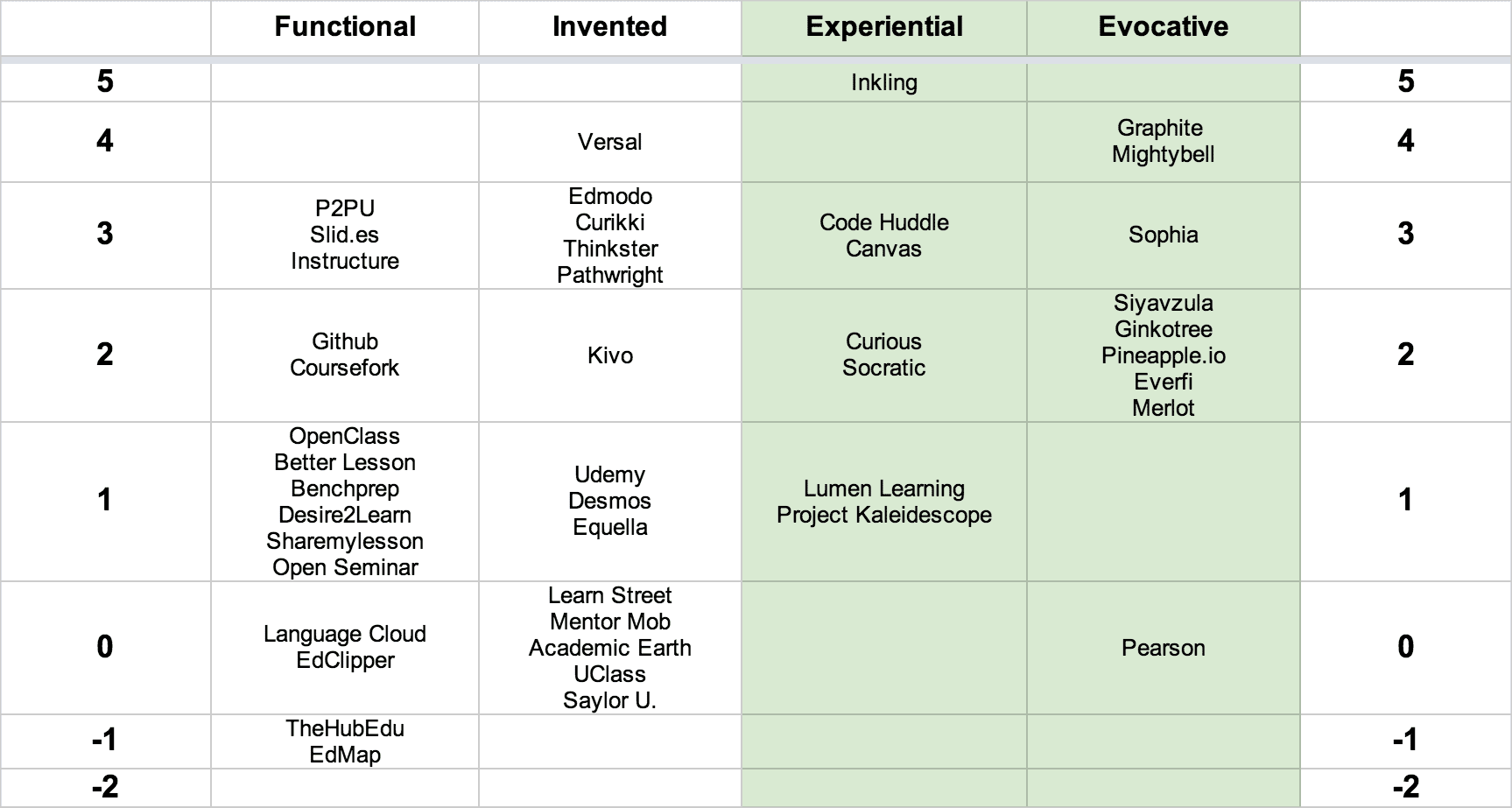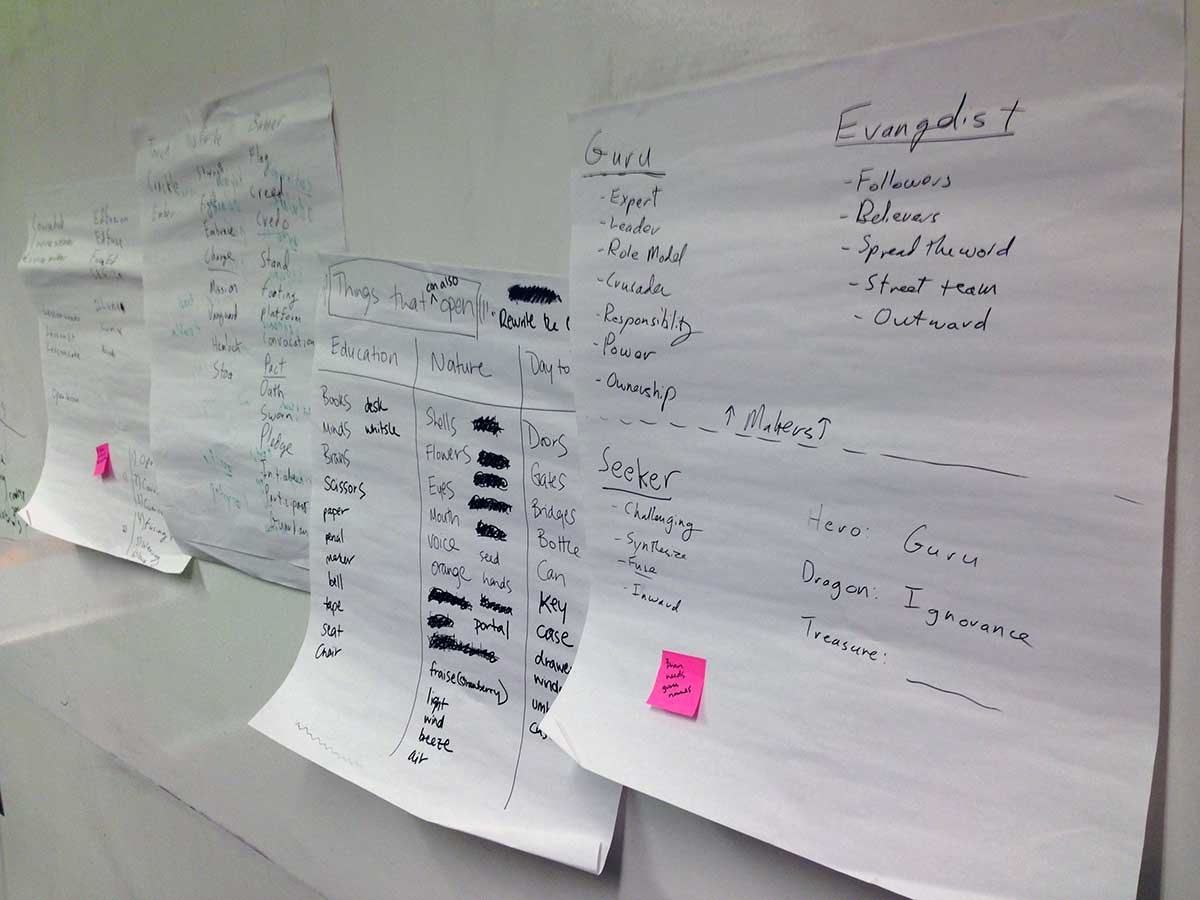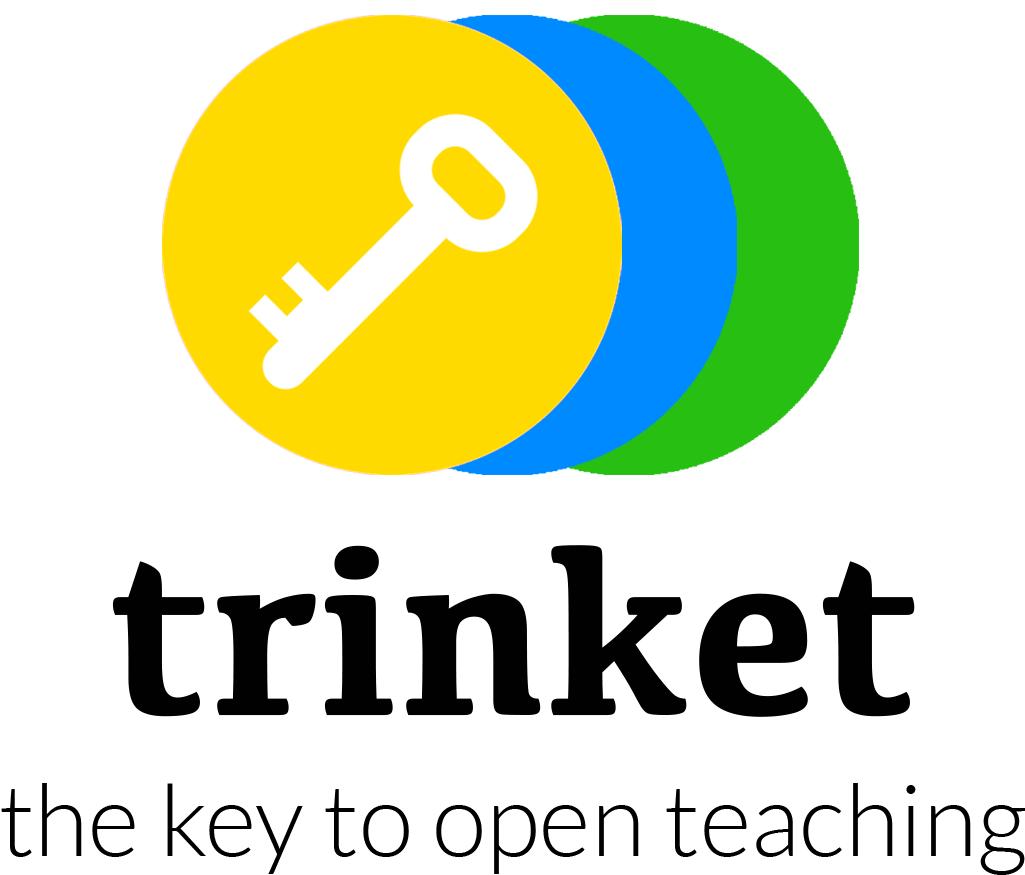Creating trinket
For the past four weeks, I have been helping to lead a rebranding effort for Coursefork. It has been an interesting journey for our team and I wanted to share how we came up with our new brand.
Coursefork wasn’t working
As an edtech startup, it is important for us to have a brand that resonates with educators. The name “Coursefork” was just not working, primarily because of the branding approach. While “forking” is a term that most programmers understand, it is not a concept most of the educators are familiar with. In my mind, we had to change the brand to put us in a better position to connect with educators and create a successful product.
Brand manifesto
We started the process by creating a brand manifesto, a brand’s clear and public declaration of purpose and intent. This statement set the tone for our new brand and gave the team a centralized idea that highlighted our vision. We were able to use the brand manifesto consistently throughout the process to return to as an anchor. Here is the brand manifesto we came up with:
We’re on a journey to make the world a better place through education. Educators have been left out of edtech for too long. We’re bringing them together so that they stay at the center of education.
Educators have shared knowledge with each other for centuries. By using the Internet to open up this process, we’re helping you build education's future.
Getting started
After establishing the brand manifesto, it was time for us to really start the process of selecting a new name.
Nick Zafiropoulos, CEO at local startup Brevado, recommended the Igor Naming Guide to help us through our rebranding process. I read through the guide and felt that it fit perfectly with the direction we wanted to take. So, we battened down our hatches and got to work!
Competitive analysis
Our first step was to take a look at our competitors and rank their branding with a set of standards. Each name was categorized as either: Functional/Descriptive, Invented, Experiential or Evocative. Here are some brief explanations for each of these categories:
- Functional/Descriptive: Company names that are descriptive are asked to perform only one task: explaining to the world the business that you are in.
- Invented: Names that are built on Greek and Latin roots and/or poetically constructed names that are based on rhythm and the experience of saying them.
- Experiential: Experiential names offer a direct connection to something real, to a part of direct human experience.
- Evocative: These names evoke the positioning of a company or product, rather than describing a function or a direct experience.
We categorized each competitor name and talked about why each name was in that category. This part of the process helped us get our minds in sync with what we felt were successful names, and what type of name we were aiming for.

Brainstorming
After determining our names category target, we started brainstorming possible ideas. For two weeks all I did was think, talk and breathe about what our new name would be. The team and I would stay in the office late into the evening, white-boarding concepts for each new idea. This was one of the most invigorating, intense and frustrating parts of the process, as trying to get several possible contenders in the ring became a daunting task. Regardless, the team banded together and each member contributed ideas to the cause.

Name evaluation + taglines
As we began to whittle away at the list of names, possible contenders started to rise to the top of the pile. We ended this stage with 15 good names, and continued on with the next phase of the Igor Naming Guide process: Name Evaluation and Taglines.
The Name Evaluation is where you determine several aspects of the possible brand name contenders and rank each one as objectively as possible. Each category helps dissect parts of the potential name into nine different categories: Appearance, Distinctive, Depth, Energy, Humanity, Positioning, Sound, “33” and Trademark.
(I won’t go into what each category means, but you can read more about them here.)
We created a spreadsheet in which each name would be ranked and given a final score to determine it’s potential. “Domain name” was also added to this ranking to determine what url options would be for each given name.
The team also came up with potential taglines for each of the 15 contenders. This helped in determining the marketing and positioning strategies that we would be capable of using with each brand. Each name had anywhere from 5-20 different taglines for us to choose from.
Creative assets
At this stage of the process, we had already taken a look at the competition, selected our naming aims, brainstormed 15 possible options and tag lines for the company’s new branding strategy. But, there was still something missing: creative. What would the logo look like? In what direction would we want to head for the visual presentation for the brand? Colors? Fonts?
Having gone through all these steps, making the creative assets is a step that I found helped bring the ideas to life. We chose eight different names that ranked highest in the naming evaluation process. For each name, I created 2-4 branding themes to help us really experience the name. It was a part of the process that helped the team determine which name to move forward with. Here are some of the concepts we came up with:
I presented these creative assets to the team, speaking to the visual strengths and/or weaknesses for each one. We then discussed the positive aspects of those we liked and did a private polling so each team member could rank which name they thought was most connected with our brand manifesto.
After much deliberation, thought, evaluation and effort, the team chose:
When we think about trinkets, we think about something that is precious and small. Something that we can carry around with us and collect over time. This mindset perfectly sets our brand in a position for our users to create something meaningful and precious to them. Creating courses, and sessions within them, takes time and collection of materials. The goal for trinket is to create this space where educators can bring those courses and materials together in the open.
We’ve created a sign-up for our new product and are thrilled to finally be able to announce it to you all! I am very proud of my team and how we worked together seamlessly to create this new and meaningful brand. We are looking forward to hearing your feedback and joining us on the next step of our journey.

